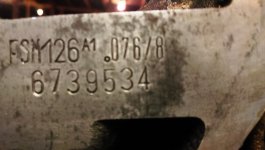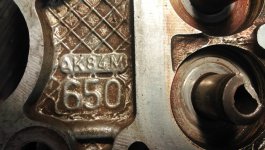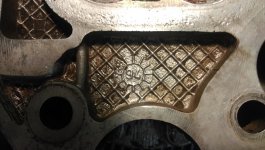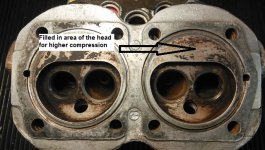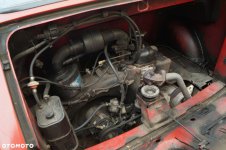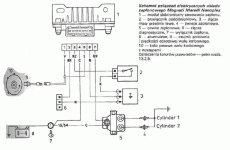I have reed that later 650 engines have differencies and are better than early model's. Some say that late type don't even need a panda 30 head mod for those that want to go faster except if you going for heavy modified unit, not my case.
Since I am looking for a 650 engine do you know how I can tell which are those late engines? Any serial numbers or date of manufacture? If I do the mod I think it will be better to put the best 650 available.
Thomas
Since I am looking for a 650 engine do you know how I can tell which are those late engines? Any serial numbers or date of manufacture? If I do the mod I think it will be better to put the best 650 available.
Thomas


